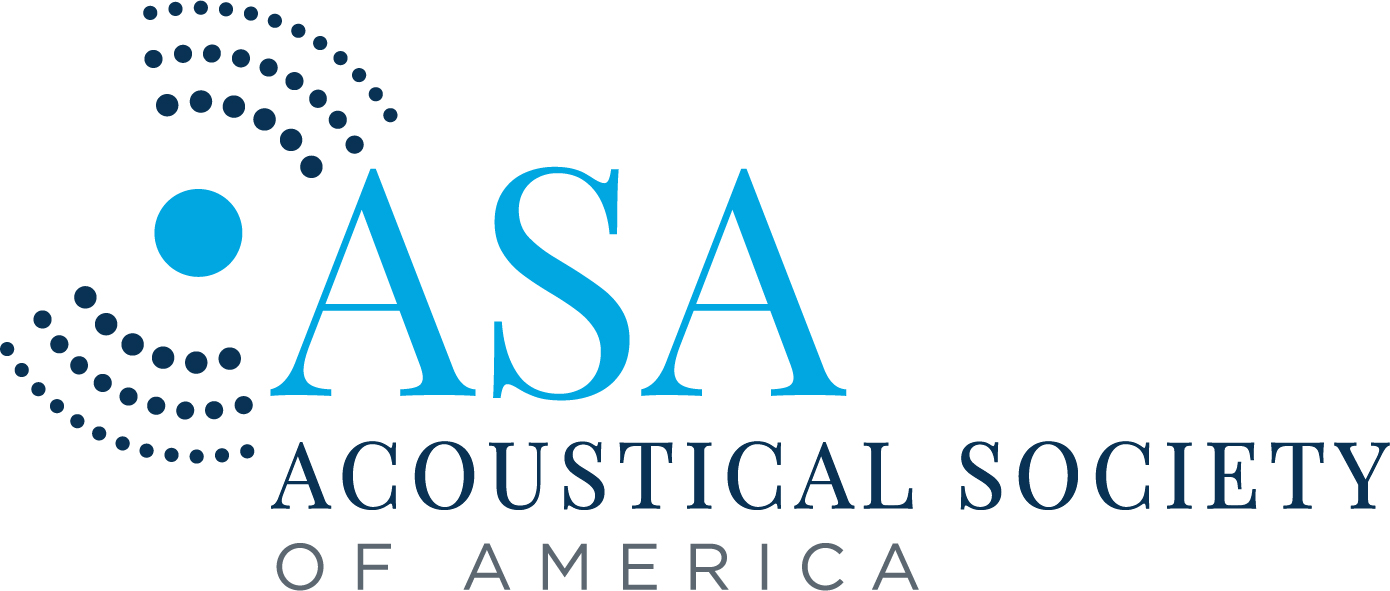Media Contact:
Larry Frum
AIP Media
301-209-3090
media@aip.org
DENVER, May 25, 2022 – A healthy coral reef is loud. Like a busy city, the infrastructure leads to more organisms and activity, and more background noise. Every time an invertebrate drags their hard shell over the coral, or a fish takes a bite of its food, they add to the soundscape.
Vocal fish, whales, and dolphins occasionally interrupt with louder grunts and calls. Altogether, the hundreds of thousands of animals living in the reef sound like static on the radio, or the snap, crackle, and pop of a bowl of Rice Krispies as you pour milk on the cereal, when the coral reef is healthy. The sound changes for reefs that are not healthy, becoming quieter and less diverse.
Lauren Freeman, of the U.S. Naval Undersea Warfare Center Newport, will present experiment results of passively acoustically monitoring coral reefs to get a snapshot of their health at the 182nd Meeting of the Acoustical Society of America at the Sheraton Denver Downtown Hotel. The presentation, “Coral Reef & Temperate Coastal Soundscape Features Evident in Directional and Omnidirectional Passive Acoustic Time Series,” will take place May 25 at 11:35 a.m. Eastern U.S.
Passive acoustic monitoring of coral soundscapes offers a long-term, nonintrusive, and inexpensive way to track the state of reefs around the world, which are threatened by humanity via fishing, pollution, and climate change.
Compared to healthy reefs, degraded coral communities don’t have as rich or diverse of a soundscape. There tend to be fewer fish calls and more high frequency noise from algae photosynthesizing and releasing bubbles of oxygen, which ring out as they rise through the water.
“There is a natural competition between corals and macroalgae on all coral reefs. In most cases with a dying or degraded reef, the macroalgae is winning and covers a lot more of the surface,” said Freeman. “On a pristine reef, you would see very little macroalgae, and a lot of herbivorous fish that help eat the macroalgae.”
Freeman and her team deployed an acoustic array to monitor reefs off the coast of Hawaii. They compared these results to similar data from Bermuda and New England. Interestingly, Hawaii and Bermuda both showed a characteristic reef evening chorus, where the sound levels increased immediately prior to sunset. The New England reef underwent similar changes near dusk.
“Almost every time I conduct an experiment, we learn more about the complexities and intricacies of ambient biological soundscapes,” said Freeman. “It’s so exciting to continue to discover more about ocean ecosystems.”



